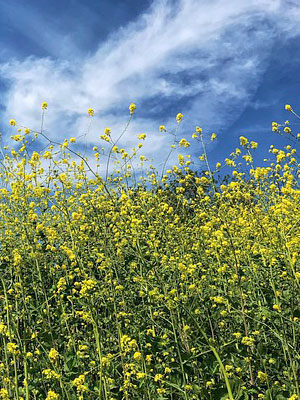Grain ProTrade – mustard seeds wholesale at producer prices
Grain ProTrade offers top-quality mustard seeds at competitive wholesale prices. Our comprehensive selection caters to a diverse range of needs. With years of experience in the agricultural industry, we ensure consistent quality and reliable supply. Therefore, you can trust us to deliver the best mustard seeds to meet your specific requirements. We commit to providing exceptional service and building long-term partnerships.
Why Choose Grain ProTrade for Your Mustard Seed Needs?
Our mustard seeds are sourced from trusted growers. Quality is diligently monitored. Before sale, we make sure every batch meets our rigorous standards. As a result, you receive a product that is consistently pure and flavorful. We understand the importance of timely delivery. Hence, we offer efficient logistics and streamlined processes. This ensures your order arrives on time and in perfect condition. Moreover, our team is always available to answer your questions and provide support. Grain ProTrade is committed to exceeding your expectations.
There are several types of mustard seeds available. Farmers in Canada and the USA widely cultivate brown mustard seeds (Brassica juncea), which offer a pungent flavor. Yellow mustard seeds (Sinapis alba) offer a milder taste. Also, black mustard seeds (Brassica nigra) boast the strongest flavor profile. Although exact figures are variable, on average, the oil content in mustard seeds ranges from 28% to 36%. Furthermore, protein content typically falls between 18% and 25%. These characteristics make them highly valuable for both culinary and industrial applications.
Wholesale Mustard Seeds: Competitive Prices and Flexible Ordering Options
We offer some of the most competitive wholesale prices on mustard seeds. Contact us today for a custom quote tailored to your specific volume needs. In addition to that, we can accommodate orders of various sizes. We can handle your request, whether you need a small quantity or a large shipment. Our flexible ordering options and secure payment methods make the process simple and hassle-free. So, partner with Grain ProTrade for a reliable supply of high-quality mustard seeds. We are looking forward to doing business with you! The next harvest is expected in November, so make your orders in advance.

Mustard field

Mustard blossom

Mustard seeds

Sausage with mustard








